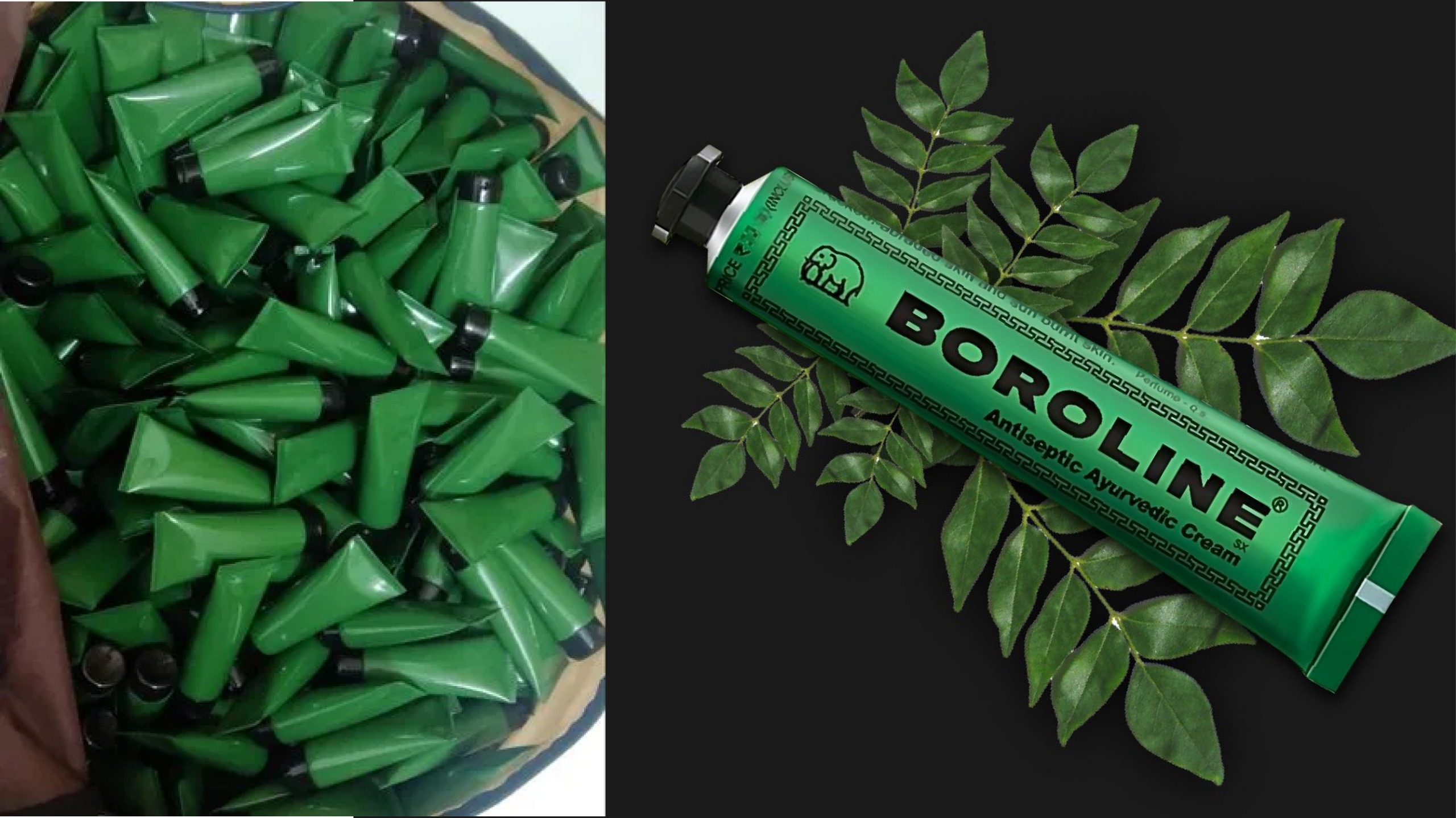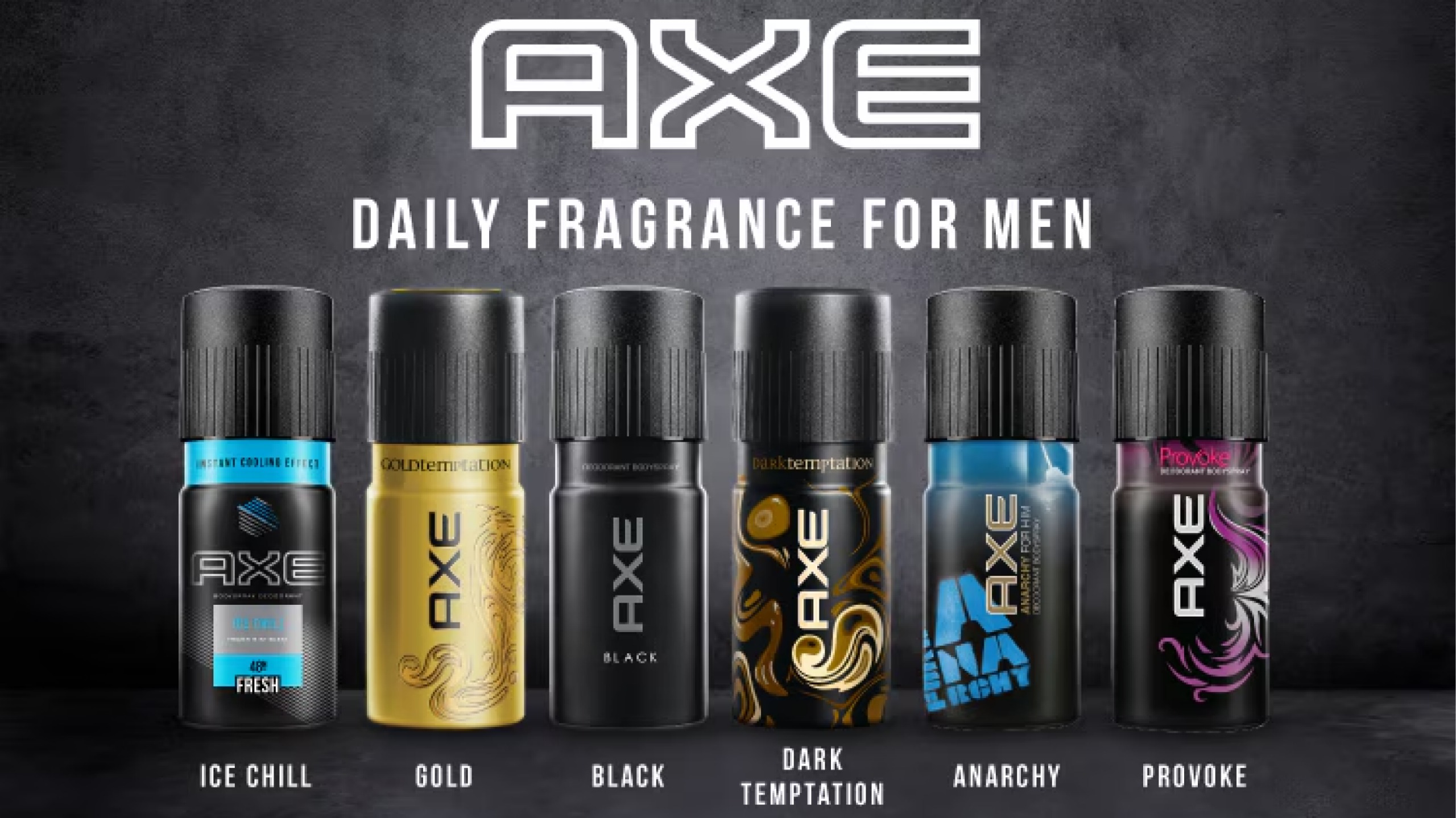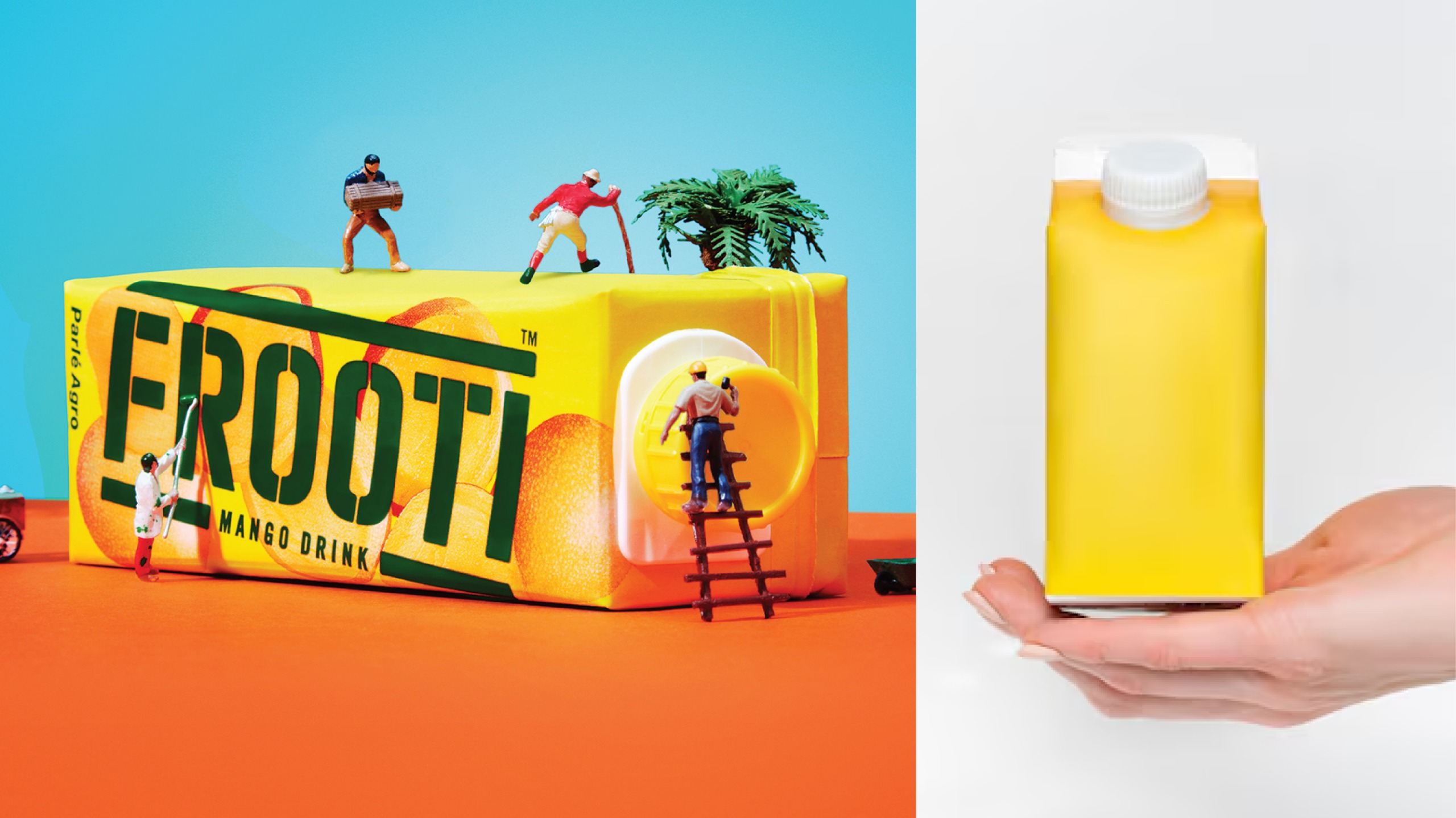Our 5 senses: sight, sound, smell, taste, and touch, which give rise to Visual Branding, Sonic Branding, Olfactory Branding, Tactile Branding, and Gustatory Branding.
Sensory Branding is a technique used by brands to correlate our emotions with their products through our 5 senses. Smell, sound, sight, touch, and taste come together to form a sensory-rich, memorable product. This process of sensory approach is only successful because of our unconscious/subconscious mind. A well-crafted sensory campaign taps into the limbic system, a part of our brain that governs emotions, influencing us subconsciously before our logical thinking even kicks in. It connects with us on a deep, instinctive level, shaping perception and behaviour without us even realising.

Here are 5 examples of such marketing:
1. Sight/Visual Branding:
Product- Boroline, sleek dark green tube – “Antiseptic”.
Visual sensory marketing refers to a type of sensory marketing that specifically targets the consumer’s sight to create a strong emotional response. This is done through brand colours, appealing packaging, and minimalism. It makes the brand easily recognisable by creating appealing and consistent visual experiences across touchpoints like imaging and advertisements.
Colour Psychology + Consistency: Over the years, the colour green has been linked to healing, relief, and care. The packaging of the product is minimalistic, allowing the colour green to carry the physical identity of the product. The repeated usage of green in Indian ayurvedic products reinforces trust and tradition.
The Science Behind It: The limbic system, which contains two very important structures, the amygdala and the hippocampus key role in strengthening emotional memory and sensory processing. Seeing a green tube, previously repeatedly seen in first-aid boxes and bedtime rituals, associated the colour and shape with feelings like warmth, safety, and relief. A repeated behaviour in a child’s family can create a conditioned response as a future consumer of the product.

2. Sound/Sonic Branding:
Product- Netflix, – “Tu-Du”.
Sonic Branding refers to the use of sound and music in the marketing of a brand or product. Brands use jingles like McDonald’s, “ba da ba ba ba,” or Apple’s classic startup chime. This boosts recall, differentiates the brand from other competitors, and most importantly creates associations for the consumer. This enhances brand recall, as sounds can be memorised subconsciously for longer.
Ritual + Repetition: Netflix’s Classic “Ta-Dum” sound is an example of an “audio cue”. By repeatedly and consistently hearing this audio cue, your brain pairs it with anticipation, excitement, and reward. Over time, this sound turns into a dopamine trigger.
The Science Behind It: Our auditory cortex has a role to play in audio mnemonics, as such. Located in our brain, it recognises the sharp, low-frequency and cinematic sound, almost as if signalling our brain that something is about to begin. Over time, this sound forms a positive CER (Conditioned Emotional Response), also known as a Pavlovian style of conditioning. A pattern can be formed- hearing the “Tu-Dum” – anticipate joy – dopamine rush – triggered emotion (before the content even starts).

3. Smell/Olfactory Branding:
Product- Axe body spray – “The smell of rebellion and attractiveness”.
Smell has a direct pathway to our limbic system in our brain. This helps create strong memories with smell or scents. Certain scents can bring up nostalgia by forming associations with past memories. When brands use scents to market a product, they carefully craft a story in aroma form. Making a company memorable through the power of scent, rather than just appearance or sound, is the magic of olfactory branding. It’s like establishing an invisible trademark that speaks straight to your emotional brain.
Scent As The Anchor Of The Brand: Axe wasn’t just selling a scent- it was selling attractiveness, confidence, and masculinity through the scent. It’s long-lasting, instantly recognisable, and arguably obnoxious, strong scent that keeps a consistent olfactory signature. It links to memory, identity, and emotion.
The Science Behind It: Molecules of smell directly enter the limbic system via our olfactory bulb. This process is the fastest sensory trigger for memory and emotion. The amygdala links the smell of the product to emotional experiences like romance, confidence. Our hippocampus forms memories around the scent, and the hypothalamus triggers hormonal responses, e.g. fight, flight, freeze. For most consumers, Axe became the epitome of success and confidence; the humour and slight absurdity resonated with the younger crowd, making the message lighter and fun.

4. Touch/Tactile Branding:
Product: Fruity – “A yellow rectangle box”.
Tactile Marketing allows consumers to physically engage with their product before purchasing it. Physical interaction with any product, if liked by the consumer, can instantly decrease hesitation. Touch provokes a strong response, which is why it gets engraved in our brain as a memory. Fruity was the first brand to create “Tetra packs”, which ended up becoming a core memory in decades worth of school lives. Through tactile methods, they created an emotional connection to the product.
Yellow, easy-to-squeeze tetra pack: Fruiti’s thick, ripe mango flavour instantly triggers emotional memories and nostalgia as soon as you open the pack. This beverage is packaged in a Tetra Pack, especially popular in school canteens. The feeling of pinching in the straw and sipping the drink in scorching heat with instant relief evokes childhood feelings.
The Science Behind It: As well as a tactile experience, Fruiti’s branding can be considered multisensory. It goes back to a core childhood memory. The amygdala, located in the brain, gets triggered by the sense of joy and seasonal nostalgia by the smell of the mangos. Our brain stores the memories of school days, and other parts process the flavour while cooling down the body.

5. Taste/ Gustatory Branding
Product: Rasna – “The taste of summer”.
Gustatory branding is a type of branding used for creating memories associated with the tastes of certain products. Engaging a consumer’s taste buds, brands evoke positive feelings of nostalgia and pleasure, which enhance brand recall and loyalty. Rasna, the first brand to introduce SDC- soft drink concentrate, which allowed consumers to control the amount of concentrated sugar they put into their drink. The fascinating DIY process, combined with the repetition of the behavior of drinking it in the summer, made it the “taste of summer” for most of India.
The DIY Nostalgia Factor: Unlike other ready-to-drink sodas, Rasna also offered a unique DIY twist in the picture. It allowed customers to adjust the intensity of the sugar, tailoring the tasting experience. This differentiated Rasna from other products. Kids didn’t just drink Rasna, they made it, drank it, and remembered it.
The Science Behind It: The experience of tasting a drink doesn’t just involve detecting flavour, but also linking the taste with pleasure as an emotional response. The amygdala of our brain connects different tastes and smells to govern our emotions and memories to a certain extent, eg, Nostalgic memories. This also involves our reward system- the consumer drinks something pleasurable, which triggers the release of dopamine, which in turn creates the feeling of satisfaction.

Marketers Can Use These Factors in Their Branding Strategies to Optimise Success:
- Create immersive brand experiences– By creating an interactive experience, brands can create an impact on an individual level. A great example of this is the immersive experience created by Marriott Hotels using VR, combined with corresponding smells and sounds transports customers virtually to travel destinations, deepening emotional engagement.
- Designing multi-layered campaigns– brands can create small visual personalisation that caters to the masses. Coca-Cola’s personalised name bottles and cans have taken over the internet. A simple step towards visual stimulation led to a movement. It led to consumers posting about it across all social media apps; the product marketed for itself this time.
- Repetition of sensory stimuli– Dunkin’ Donuts campaigned in South Korea with the foundation of repetition and exposure. They started marketing their jingles on commuter buses, triggering smells around the store, and advertisements on public transport, all done simultaneously. This helped boost their sales by 29% in target markets.
Conclusion
Multisensory marketing is the future as it improves loyalty by 70% and brand recall by 30%. Sensory stimuli create stronger emotional bonds, and sensory branding also increases client retention by 40%. Previous studies also indicate that 61% of consumers want strong emotional experiences while seeking out products as a consumer. Slightly over half of consumers are more likely to go for brands with multisensory experiences. An interactive market can enhance purchase intent by 30%. Customers exposed to sensory-rich settings typically spend more money and stay longer, which helps the brand turn attention into sales.
